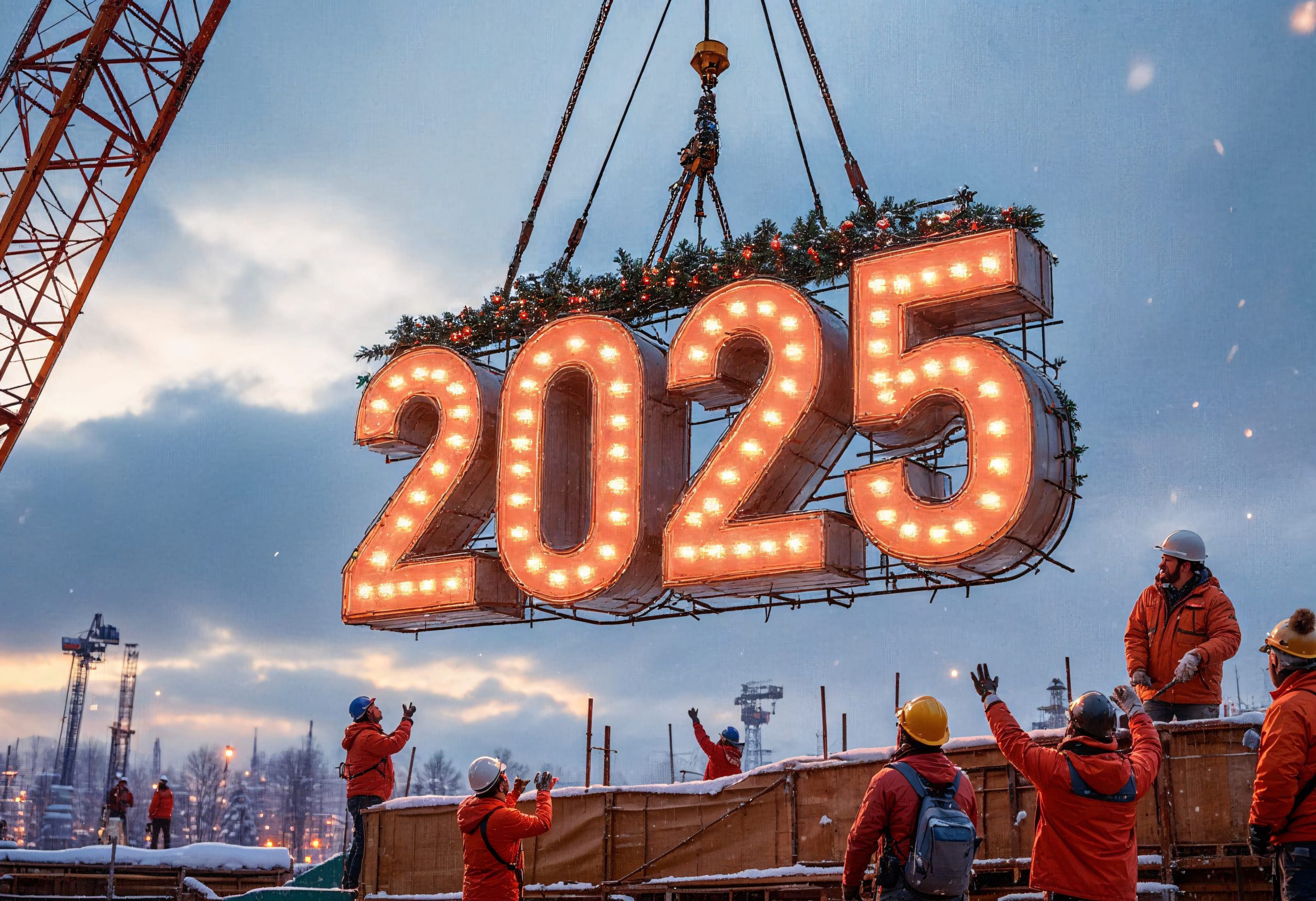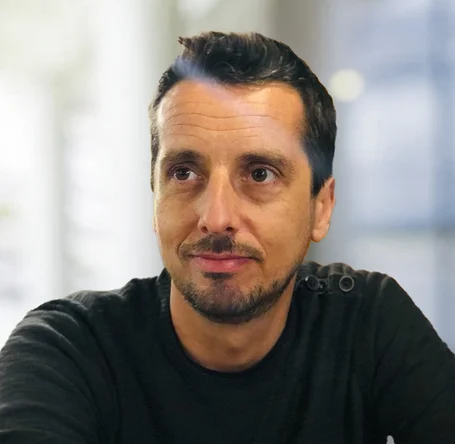Key workplace safety developments to watch in 2025
JMJ’s experts share their insight on the trends that will shape workplace safety culture in the coming year.



JMJ’s experts share their insight on the trends that will shape workplace safety culture in the coming year.
As we approach 2025, I’m reflecting on the evolving landscape of workplace safety and the critical role it will play in shaping the future of organizations. In conversations with senior consultants and thought leaders at JMJ, it’s clear that forward-thinking companies are advancing their approach to safety, not just as a compliance requirement but as a core part of their culture and performance strategy.
For executives, supervisors, and front-line workers alike, understanding and embracing the principles of ‘new safety thinking’ is essential. It’s about creating a safety culture that drives high performance and helps organizations maintain a competitive edge.
So, as we look ahead, what are the key areas to focus on for setting safety and performance objectives? What actions can organizations take now to future-proof their safety culture? I’ve asked some of JMJ’s thought leaders to share their insights on the trends that will shape workplace safety in the year ahead.
Psychological safety will take center stage

Lorenzo Gallinari , Senior Consultant and Clinical Psychologist
Psychological safety—the belief that individuals can speak up, share ideas, and report mistakes without fear of retribution—is a cornerstone of workplace safety. In high-risk industries, creating an environment of trust and openness empowers workers to raise concerns and identify hazards before they escalate. Leaders are recognizing that psychological safety is integral to creating a culture of collaboration and continuous improvement. I believe, we are just beginning to explore the value this brings to organizations, in terms of their ability to attract and retain talent, ensure the safety and well-being of their people at all levels and ultimately meet performance targets.
Key action: Develop leaders and teams on the principles of psychological safety and incorporate feedback mechanisms to ensure workers feel heard and valued. My recent webinar series provides in-depth discussion on this topic: Psychology of Mental Health and Performance Series | JMJ
Human and Organizational Performance (HOP) is shifting the lens

Mike Goddu, Co-Founder and Managing Director
Human and Organizational Performance focuses on understanding human error not as a cause of incidents, but as a symptom of deeper systemic issues. This approach emphasizes designing systems that anticipate mistakes, minimize their impact, and shifting from a blame-oriented mindset to one of learning and adaptability. In 2025, expect to see more organizations using HOP principles to address the complexity of large-scale projects and create safer, more resilient workplaces.
Key action: Conduct post-incident reviews that focus on system improvements rather than individual blame and integrate HOP concepts into safety development programs.
Leverage technology for a proactive safety culture

Jeff Williams, Chief Executive Officer
Technology is becoming a cornerstone of workplace safety, offering tools like online cultural analytics and apps for more effective safety Toolbox Talks. In 2025, the focus is set to shift from reactive responses to proactive strategies, using data to uncover cultural strengths and barriers while tracking improvements in real time. Digital solutions are increasingly being used on large-scale projects to analyze safety mindsets, monitor key metrics, enhance training, and streamline communication across teams.
Key action: Embrace technologies, such as those featured in JMJ’s Safety Culture Assessment, that provide actionable insights and build a more connected, safety-driven organization.
Commit to safety from the boardroom to the front line

Adele Bassett, Senior Consultant
Creating a culture where safety is a shared commitment requires visible leadership and active participation at every level of the organization, from senior executives to front-line workers. Safety champions serve as role models, bridging the gap between strategic goals and daily practices, and reinforcing the importance of safety as a core organizational value.
Key action: Establish a network of safety champions across the organization to model safe behaviors, lead initiatives, and inspire commitment to safety culture transformation.
The connection between sustainability and safety integration will become evident

Don Lloyd, Global Sustainability Advisor
As sustainability becomes a core business priority, its overlap with workplace safety is increasingly clear. In 2025, organizations will adopt integrated strategies to address environmental hazards, worker health, and operational efficiency as interconnected goals. This holistic approach is especially critical for large-scale projects with significant environmental and social impacts.
Key action: Develop safety initiatives that align with your organization’s sustainability goals, such as reducing exposure to harmful substances or improving ergonomics. My colleague, Jeff William’s Forbes Council article, Sustainability & Safety: A Catalyst for Culture Transformation, explores this topic in more detail.
Embrace the future of workplace safety culture
The developments shaping workplace safety in 2025 signal a shift toward more human-centered, adaptable, and forward-thinking practices. For business leaders and safety professionals, staying ahead of these developments requires a commitment to innovation, collaboration, and continuous learning. By embracing psychological safety, Human and Organizational Performance, and the principles of “Do Safety Differently,” organizations can create safer, more resilient workplaces that empower their people and achieve operational excellence.
Ready for the year ahead?
Discover how JMJ can help you implement these advancements and drive meaningful change in your organization’s safety culture. Contact us